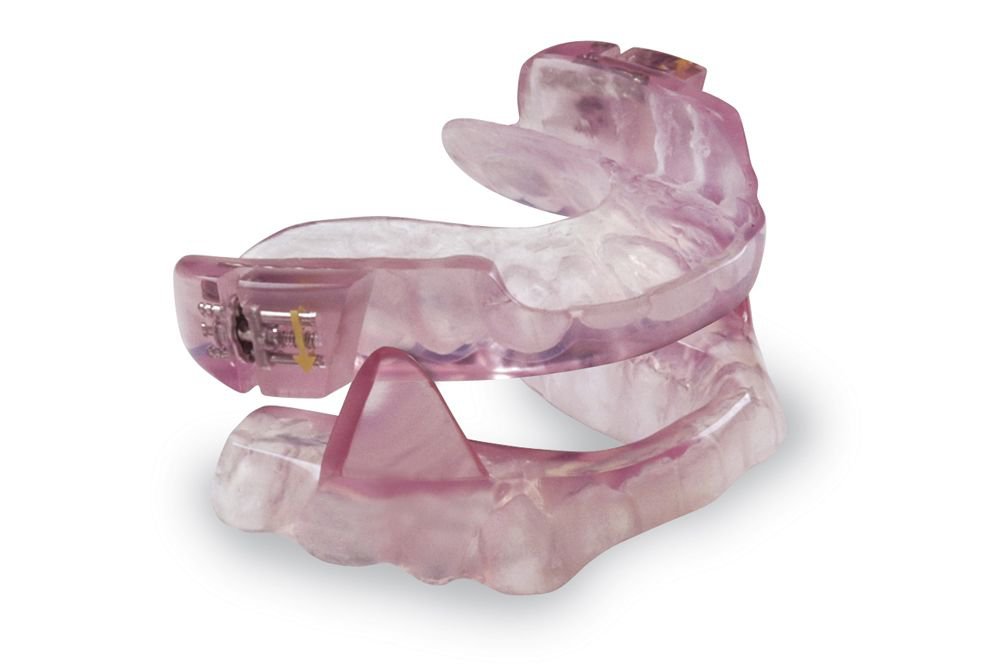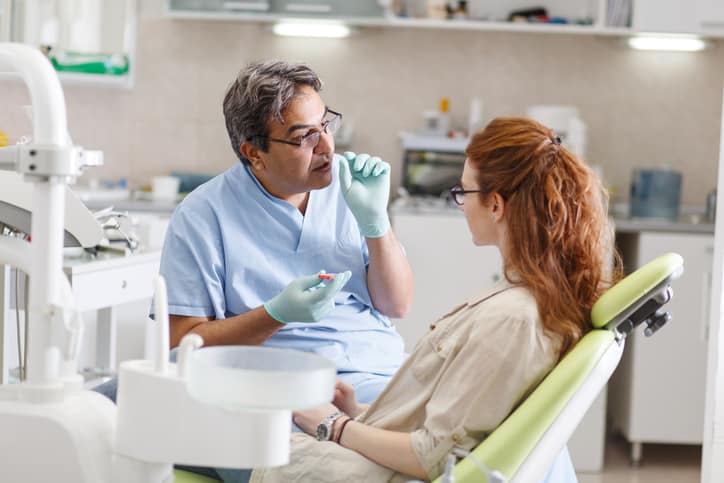Best oral appliance for sleep apnea
Table of Contents
Table of Contents
Do you struggle with sleep apnea and have difficulty receiving the proper treatment? Are you an underserved population in need of dental appliances for sleep apnea? You are not alone in your struggle, and there are solutions available to you. Keep reading to learn about dental appliances for sleep apnea and treatment access for underserved populations.
Pain Points Related to Dental Appliances for Sleep Apnea and Treatment Access for Underserved Populations
Sleep apnea is a common sleep disorder that affects millions of people worldwide. It can cause interruptions in breathing during sleep, leading to daytime fatigue, snoring, and other symptoms. While the disorder is prevalent, access to necessary treatment is not easily available to all, and many underserved populations struggle to receive adequate care.
Answering the Target of Dental Appliances for Sleep Apnea and Treatment Access for Underserved Populations
Dental appliances are an effective treatment option for sleep apnea, particularly for mild to moderate cases. These devices work by repositioning the jaw and tongue to improve airflow and reduce snoring and other symptoms. While continuous positive airway pressure (CPAP) therapy is the most common treatment, dental appliances present an alternative for those who cannot tolerate CPAP or require additional therapy.
Unfortunately, underserved populations often lack access to dental care and may struggle to find a dentist who can provide the necessary appliances. However, there are resources available to help provide dental care to those in need, such as community health centers, dental schools, and non-profit organizations.
Summary of Dental Appliances for Sleep Apnea and Treatment Access for Underserved Populations
Dental appliances for sleep apnea can provide a solution for those who struggle to tolerate CPAP therapy or need additional treatment. However, underserved populations may face challenges in accessing necessary dental care. Fortunately, there are resources available to help provide access to care and improve treatment outcomes.
Personal Experience with Dental Appliances for Sleep Apnea and Treatment Access for Underserved Populations
As a dental professional, I have seen firsthand the difference that dental appliances can make for patients with sleep apnea. One patient, in particular, struggled with CPAP therapy and failed to wear the device consistently. We recommended a dental appliance, and the patient was more compliant with treatment and saw a significant improvement in symptoms.
However, we have also encountered underserved populations who lack access to dental care and the necessary resources to receive appropriate treatment. It is frustrating to see patients who could benefit from appliances, but we are limited in our ability to provide care. That’s why it’s essential to raise awareness about available resources and support efforts to expand access to care.
 How to Improve Access to Care for Underserved Populations
How to Improve Access to Care for Underserved Populations
There are several ways to improve access to care for underserved populations who require dental appliances for sleep apnea. Community health centers can provide affordable care and connect patients with resources to access necessary appliances. Additionally, dental schools and non-profit organizations may offer reduced-cost or free care to those in need.
Expanding insurance coverage options and increasing funding for public health programs can also help address disparities in care for underserved populations. By investing in these efforts, we can improve access to care and ensure that all patients receive the treatment they need.
 Question and Answer
Question and Answer
Q: Are dental appliances as effective as CPAP therapy?
A: Yes, dental appliances are an effective treatment option for mild to moderate sleep apnea cases. However, severe cases may require CPAP therapy.
Q: How can underserved populations access dental appliances?
A: Community health centers, dental schools, and non-profit organizations can provide affordable or free care to underserved populations. Additionally, expanding insurance coverage options and public health funding can help address disparities in care.
Q: Are there any side effects of using dental appliances?
A: Some patients may experience mild discomfort or soreness when first using the device, but this typically subsides with regular use. Additionally, some patients may experience changes in bite or tooth movement, but these can be managed with regular dental check-ups.
Q: Can dental appliances improve snoring?
A: Yes, dental appliances can improve snoring as they work to reposition the jaw and tongue and create more space for airflow.
Conclusion of Dental Appliances for Sleep Apnea and Treatment Access for Underserved Populations
Dental appliances for sleep apnea can provide relief for those who struggle with the disorder, particularly when CPAP therapy is not an option. However, access to care for underserved populations can be limited, creating challenges in receiving necessary treatment. By raising awareness about available resources and support efforts to expand access to care, we can address disparities in care and ensure that all patients receive the treatment they need.
Gallery
Types Of Sleep Apnea Dental Appliances In Michigan | Clinton Dental Center

Photo Credit by: bing.com / apnea sleep dental types appliances michigan
Sleep Dentist Topeka | Snoring Treatment | Sleep Solutions By Michel Dental

Photo Credit by: bing.com / appliance sleep oral therapy solution works
Dental Appliances For Sleep Apnea Georgetown TX - Oral Appliance Therapy

Photo Credit by: bing.com / sleep appliances dental georgetown apnea tx oral obstructive therapy appliance
Best Oral Appliance For Sleep Apnea - Hhowelldesigner

Photo Credit by: bing.com / appliance apnea southlakestyle appliances obstructive
Dental Appliances For Sleep Apnea | Your Beautiful Smile

Photo Credit by: bing.com / apnea


